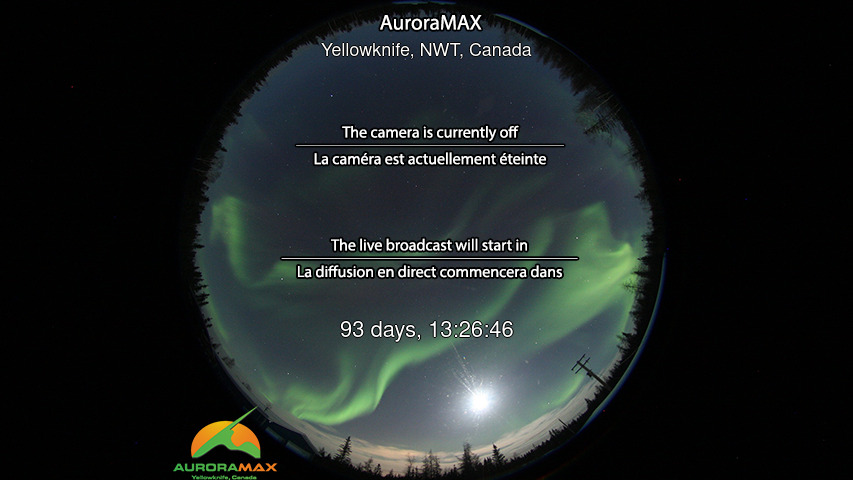Near Realtime Daily Vegetation and Drought in the Philippines
|
Drought Warning |
Daily Drought Index Classification |
|
Monthly Drought Index (Stacked) |
Monthly Rainfall (Stacked) |
|
Drought Index Anomaly |
Daily Rainfall Map |
|
Vegetation Index |
Land Surface Temperature |
1 - 3 Month Crop Condition and Drought Indicator
 |
Drought - and its Effects
First, we need to talk about two related phenomena that need to be distinguished from drought: aridity and water scarcity. While drought is seen as a natural disaster, aridity is a permanent climatic feature of a given place. We donít usually say that there is a drought in the Sahara desert, because aridity in this area is the normal state of the climate. Drought is therefore relative to a ďnormalĒ state. For example, what could be seen as a disastrous drought in France could be considered as a relatively humid situation in Uzbekistan. On the other hand, water scarcity is a situation where water resources do not meet water demand. Drought can cause or accelerate water scarcity, but an insufficient amount of water is not automatically a drought. Driven by the growing use of freshwater and the depletion of usable freshwater resources, water scarcity causes the deterioration of the quantity and quality (eutrophication, pollution, saline, etc.) of water available. Now that we know what drought, isnít, letís look at what it really is and how it affects vegetation. Usually, drought is defined in four main ways: 1) meteorological drought, 2) agricultural drought, 3) hydrological drought and 4) socioeconomic drought. Meteorological drought occurs when there is not enough rain. Hydrological drought is seen as a low level of water in streams, reservoirs and groundwater. Agricultural drought happens when soil moisture is low and insufficient for plant growth, resulting in crops drying out. Socioeconomic drought is defined as the impacts that drought has on society and the quality of life.
Drought and Vegetation
Measuring the impact of drought on vegetation is one of the main ways to assess whether there is an agricultural drought. A lack of precipitation can be seen immediately, but it can also be averted with new rain coming. On the contrary, drought is a much larger problem. Farmers will be worried about drought when soil water supplies are not able to meet crop water demands. Consequently, crops with insufficient water cannot grow. Monitoring the impacts of drought on vegetation is therefore key for ensuring food security and correct yield estimations. Correctly evaluating potential agricultural losses allows farmers to react and prepare for an upcoming crisis. This is especially important in areas where food consumption relies heavily on local agricultural production. Drought indicators can signal timely food assistance from aid programmes to populations at risk of starvation. Low precipitation can limit crop yields that drive up food prices and access. These negative impacts often remain hidden to subsistence farmers until after crops fail to produce. If this occurs, food assistance will not reach a population in time to prevent starvation completely. The critical warning that drought monitoring provides saves lives and combats food insecurity across the globe.
Impacts of Draught in Vegetation
Did you know that dry plants generally have a lower capacity to absorb solar radiation? This is one of the reasons why plants under water stress do not grow so well. They simply do not process enough solar energy for effective photosynthesis. The Fraction of Absorbed Photosynthetically Active Radiation (FAPAR) indicator is being used to monitor this. It can be monitored by satellites with a multispectral sensor, such as Sentinel-2. Unlike basic vegetation indices such as NDVI, FAPAR is a more complex biophysical variable representing the ratio of solar radiation that is absorbed by vegetation for photosynthesis. In this way, FAPAR is very effective for detecting and assessing the impacts of drought on vegetation, and consequently agricultural drought.
Dry Spell / Drought Level Conditions if:
-Dry Condition
two (2) consecutive months of below normal (21%-60% reduction from average) rainfall conditions;
-Dry spell
three (3) consecutive months of below normal (21%-60% reduction from average) rainfall conditions; or two (2) consecutive months of way below normal (more than 60% reduction from average) rainfall conditions
-Drought
three (3) consecutive months of way below normal (>60% reduction from average); or five (5) consecutive months of below normal (21%-60% reduction from average) rainfall condition.
Vegetation and Drought Courtesy of: Institute of Industrial Science, The University of Tokyo (RSED), WIKI Information credits to: Copernicus EU, 1-3 Month Drought Indicator (Data Provided by PAGASA)









